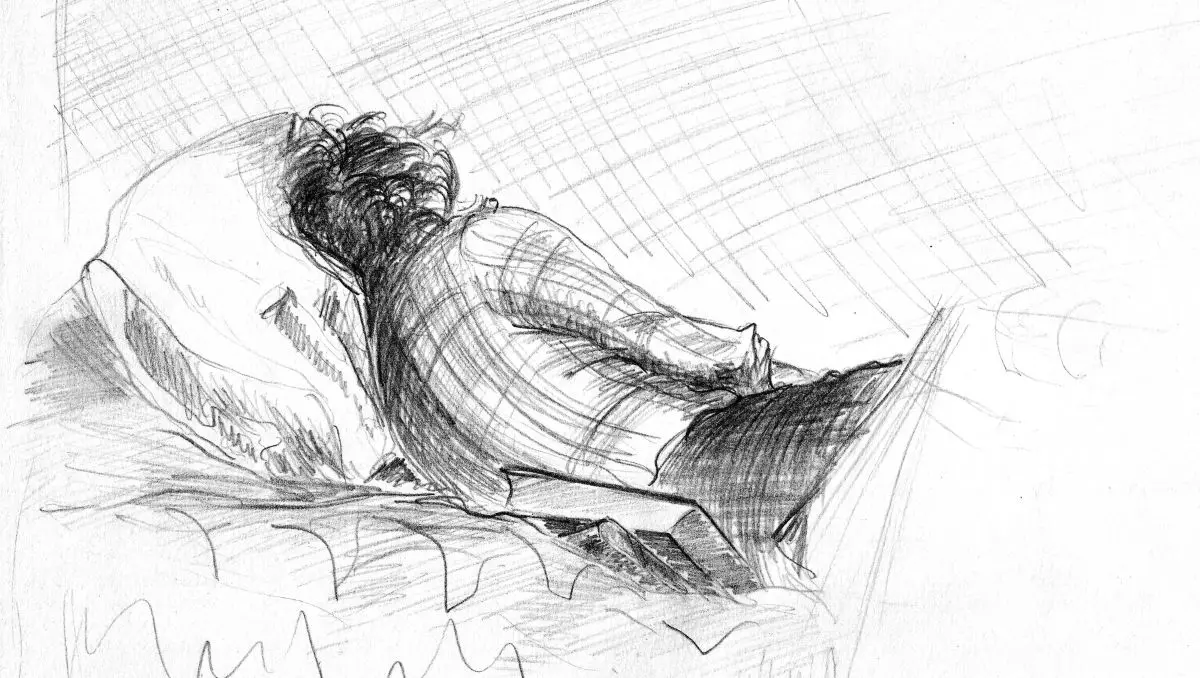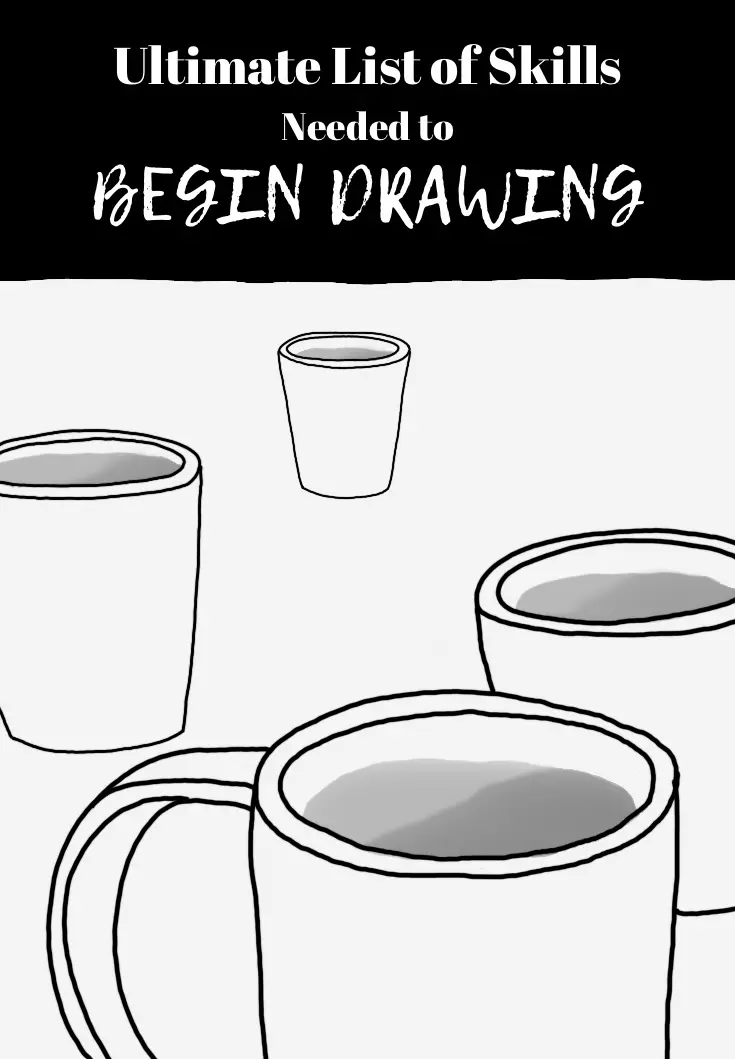Beginning drawing is challenging for all beginners.
You don’t know what to work on.
Wouldn’t it be helpful to have a list of drawing skills that will improve your drawing ability?
This guide shares an ultimate list of drawing skills that you need to know and practice for the purpose of getting better at drawing as well as painting.
These are basic drawing skills for beginners that will surely help you get started and take you further.
Get your drawing book and pencils ready and let’s explore each skill one by one. Remember, all these skills will come to you with practice.
List of Drawing Skills
Perspective

The first and foremost skill needed if you are beginning drawing is known as perspective.
It is first on this list of drawing skills for a reason.
An art of representing 3D objects on a 2D surface is called perspective.
It is the perspective that makes a drawing look real, in proportion, and have some form.
The concept of linear perspective was introduced back in the 15th century.
According to this concept, if there are straight or parallel lines in a drawing, it may feel that the lines do not meet each other (as they are parallel).
But in reality, the lines meet at the horizon (if they are extended).
The point at which the lines meet is known as the vanishing point.
For example, consider a drawing in which there is shown a road, a railway track, or a line of buildings.
For creating an illusion of distance, the parallel lines showing road or railway track meet.
Perspective makes the artists consider the size of the objects in relation to distance.
The objects that are shown near are larger than the objects that are farther away.
Rule of Perspective
In fact, the rule of perspective can be applied to all subjects, whether it is an atmospheric scene, landscape, portrait, or still life drawing.
To create depth in your drawing, it’s very essential to learn the basic skill of perspective.
Instead of drawing flat objects, try to stimulate depth in them.
You may include a single vanishing point in your drawing or you may go for multiple vanishing points in order to represent a scene naturally.
To learn perspective, you need to know about the perspective grids including vanishing points and keeping proportions.
You need to learn how the shapes may behave in perspective.
The basic rules of perspective aren’t hard.
You need the patience to learn perspective and include it in your drawings.
- How to Draw One Point Perspective: Draw Room, City, Cube
- How to Draw Two-Point Perspective like a Pro
- 13+ Best Drawing Perspective Books to Help You Master It
Improve Your Drawing Ability by Recognizing Edges
In art, edges are like the border that split various shapes of the objects in a scene.
Basically, it separates the different parts of the drawing.
Edges are used in paintings to create and increase a feeling of depth.
Besides learning edges, it is also important to recognize the nature of edges including soft, hard, and lost edges.
Edges that show smooth transition are known as soft edges, useful for conveying textures such as hair or leaves.
Hard edges can be recognized by sharp transitions.
They usually appear in areas of great contrast.
The lost edges are those in which the transitions are soft, so you cannot see them.
Examples on how to recognize edges
For example, consider a drawing that shows a sunset on the Pacific Ocean.
There is a clear sky.
The sunlight is reflecting on the horizon.
On the other side of the water, there is a beach and the palm tree is present on the left.
In this piece of art, edges exist between sky and water, palm trees and water, sun and sky, and water and beach.
Edges are used to separate the overlap of objects, helping to ease the reading of the picture.
They are created every time there is a change in object, color, or plane.
Let’s take another example of The Cliffs at Deir El-Bahri by John Singer Sargent.
This landscape painting represents the cliffs at Deir El-Bahri near Egypt.
A change in an object can be seen by the edge which separates the land from the sky.
The edge between light and darkness of the landscape is created by a change in color and the edge between the top and side of the mountain is due to a change in plane.
It is very important to use the magic of edges in your painting.
You need to learn soft, hard, and lost edges in a drawing.
Having a general understanding of how and why we see edges can make your drawing even more beautiful.
Proportion
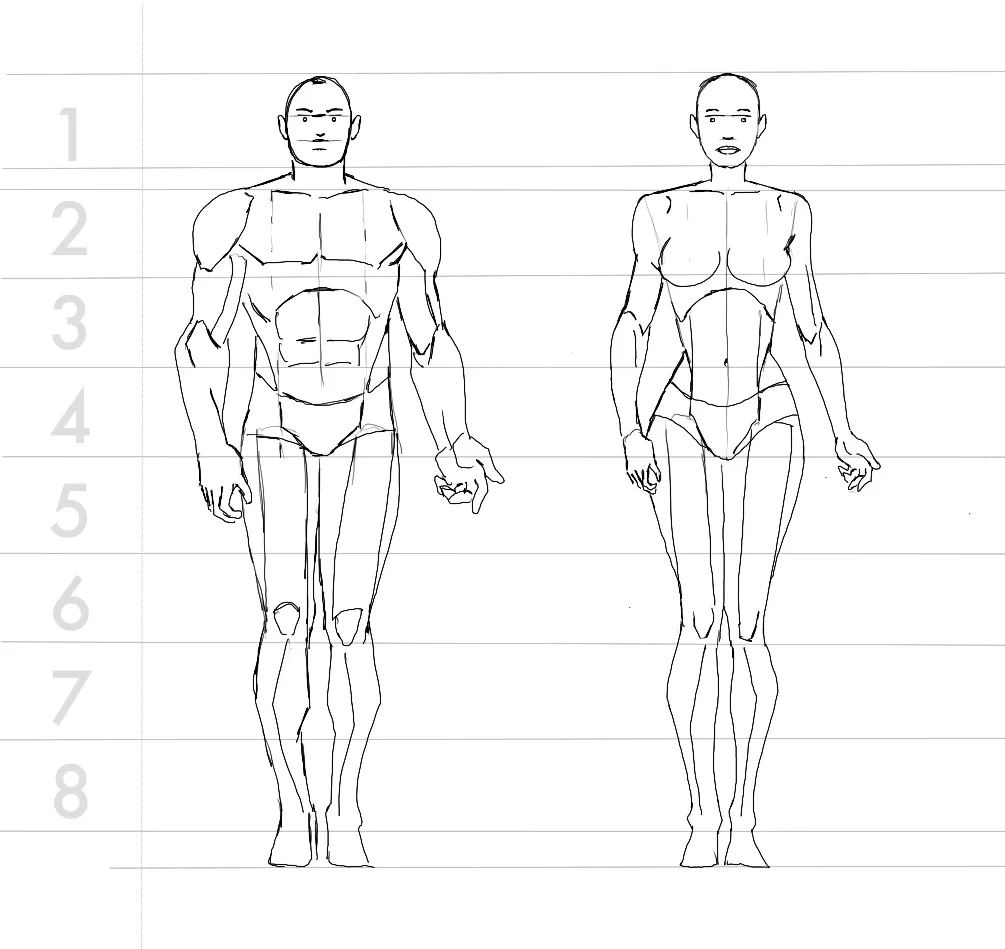
On this list of drawing skills, learning proportion will take you so far in your drawing career.
Proportion is defined by the comparative relationship of size between all objects of a painting or illustration.
In other words, I can say that proportion describes how the width, height, and depth of different parts of your artwork are related to each other.
Remember, it is not the size of the subject.
Proportion is the size of the object that is related to other objects that exist around it.
Although proportion is used in all types of art, it is especially used in life drawing, figure drawing as well as portraits for depicting a well-balanced representation of the human form.
It is also used to create a certain effect in paintings.
For example, with proportion, you can make your subject strong, weak, interesting, funny, etc.
A popular painting called Still Life with Fruit on a Stone Ledge by Caravaggio is the perfect example of proportion used in art.
For drawing objects with a recognizable identity, it becomes necessary to include proportion.
Because without proportion, the images will look less realistic or abstracted.
For learning the basic skill of proportion, you not only need to build a proportion vocabulary but also make the relation between objects.
By this, you can make your drawings realistic and can draw the attention of viewers to particular areas.
Free Drawing Course to Learn Anatomy
Beginning Drawing by Understanding Colors
The art of choosing efficient colors in drawing can add an emotional impact to an artwork.
Understanding colors is the next skill in this list of drawing skills if you are an artist and are beginning drawing.
It may create harmony in your drawings.
The color theory refers to reflected light.
It can be divided into three parts, for example, color wheel, color schemes as well as color value.
Each part of the color theory may help you improve your drawing ability as a beginner.
In short, to add more vibrancy to your paintings, you need to understand the color systems.
Learn Composition
Another important skill you need to learn if you are beginning drawing is composition.
Composition means the placement or an arrangement of visual elements (line, color, shape, value, space, and form) in a work of art to bring the elements into a satisfactory relationship.
It might sound the same as the layout of the artwork.
It may affect how a viewer interacts with your drawing.
The composition is present in every piece of art, no matter it is abstract or representational.
The elements of composition (balance, unity, movement, contrast, emphasis, and rhythm) are used to organize the visual components.
You can find composition in many classical artworks in which the pyramidal and triangular compositions were applied to create a sense of harmony as well as balance.
Let’s say you are painting some fruits positioned on a table.
Your way of arranging the fruits on a table will reflect composition.
The composition cannot only make the artwork pleasing and expressive but can also shape the viewer’s experience of a painting.
It can convey the intent of the artist along with giving a structure to the whole painting.
Note: If your composition is weak, your whole artwork is weak!
Yes, it is right! Good composition acts as a key to the success of a painting.
To learn the secret of composition, apart from understanding the basic terms, you need to learn how an organization of a drawing may impact the meaning of a piece of art.
Composition is an art skill that you can get right with little planning and knowledge.
Judging Lightness or Darkness
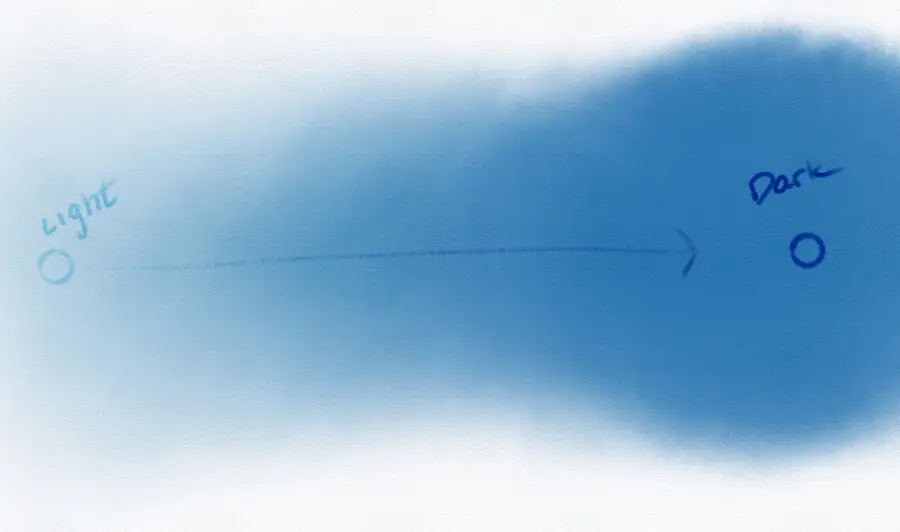
The lightness or darkness of an image is usually expressed with values of colors.
It is one of the powerful ways to bring the attention of the viewer to the focal point of the work.
Most artists use lightness and darkness to create an illusion of 3D volume on a flat surface.
If you want to draw a picture similar to what you see in your mind, you may call it realistic.
Yes, it is realistic but to create an eye-catching image, you need to add a few patches of light and shadow it.
Consider the painting “Winter in the Forest” by Piotr Olech.
This painting may look dull without colors. That is why the artist has added some light and dark shades to give it meaning.
To learn the skill of lighting, you need to understand how to create value, shadow casting, and show the properties of light.
Drawing shadows is a bit tricky but once you learn some basic tips and practice them, things will get better.
By learning the skill of lighting, you can create an illusion of light in your artwork.
You can not only express the shadows but depict the volumes as well, resulting in creating an effective art composition.
Remember, with proper lighting, you can change the mood of the picture.
Anatomy
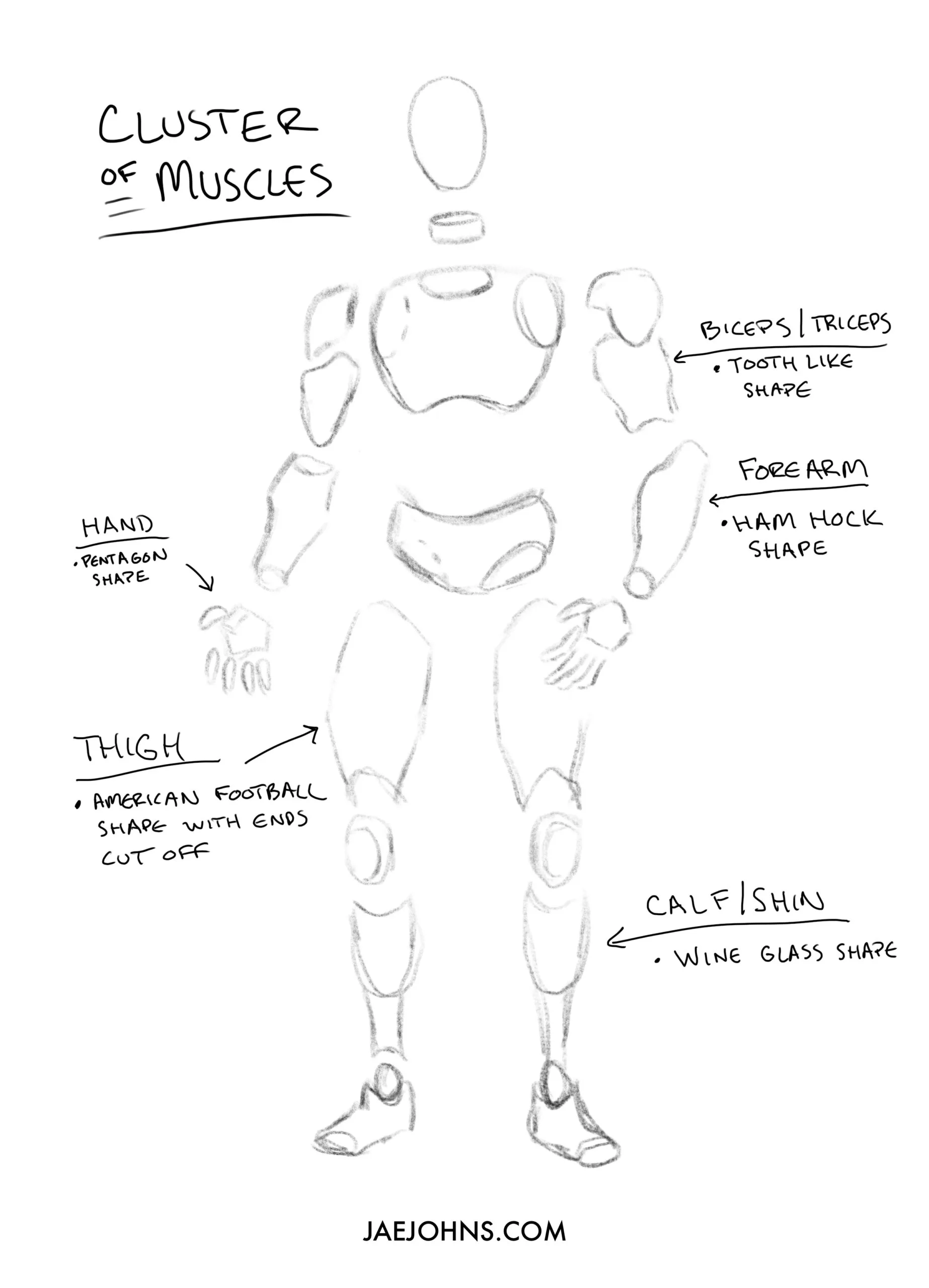
The study of structures of the human body in an artwork is known as anatomy.
It is used to convey an emotion, an action, or the personality of the subject.
Most people believe that the study of human anatomy is difficult or overwhelming as there are so many muscles in the body.
In reality, it is as simple and easy as learning about proportions or having an understanding of the human body.
By learning the basic skill of anatomy, you can draw things in your paintings that look believable.
Whatever you draw such as humans, plants, or animals, with anatomy, you can make your artwork look realistic.
For understanding anatomy, you need to learn how to draw a human form.
The best way to get anatomy drawing inspiration is from books on drawing so you can get to know exactly the position and structure of muscles, tendons, bones as well as ligaments.
Plus, try to learn how to draw gestures as it may serve as the blueprint for the action.
At first, begin with the basic shapes and then go into complexity.
Gesture

The art of creating movement, energy, or expression in a static piece of drawing is known as a gesture.
The gesture is another basic drawing skill you need to learn if you are beginning drawing.
It is, in fact, a process of capturing the essential gestures of a subject.
In art, the gesture is said to be an important characteristic of a subject.
Without gestures, your drawings can become dull and boring.
Gestures can create an action, movement, expression, and emotion in an artwork.
Although this form of drawing is filled with emotion, it can also be used for still-life drawings to make them look realistic.
21 Brilliant Tips to Practice Gesture Drawing
Basic Drawing Skills for Beginners Final Thoughts
Beginning drawing starts with learning these basic drawing skills for beginners.
Visual observation as well as creative thinking, are necessary to improve your drawing ability.
These drawing skills may act as the keys to opening your artistic brain.
You should learn this list of drawing skills if you are beginning drawing.
With every skill you learn, one thing that you should keep in mind is that you need to practice.
In order to get better, you need to engage in the drawing process and practice it often as it may lead to improvement.
Moreover, you need to be familiar with some basic drawing techniques.
Most techniques are basic and you have probably used them before but you did not even realize it.
By learning all these skills, you can fulfill your dream of drawing what you want.
They will assist you to get going with confidence in the field of art. Happy Drawing!
What do you think about what skills are needed if a person is beginning drawing? Share with us!

